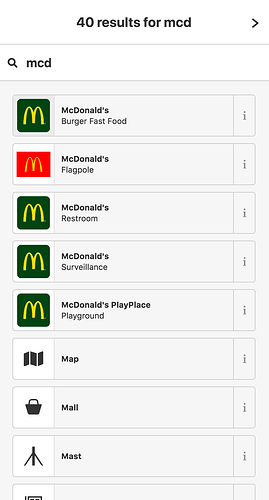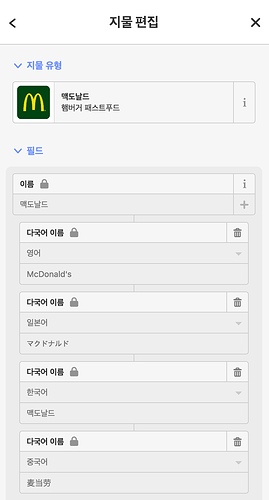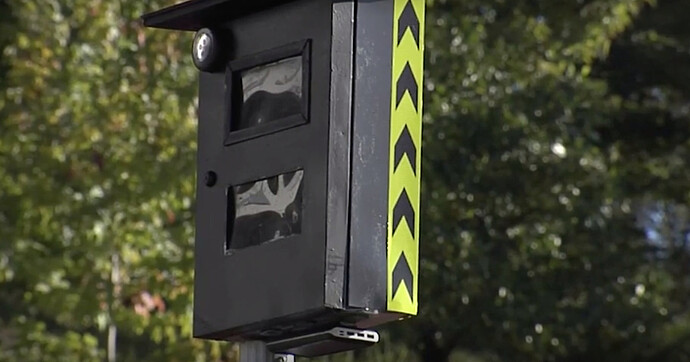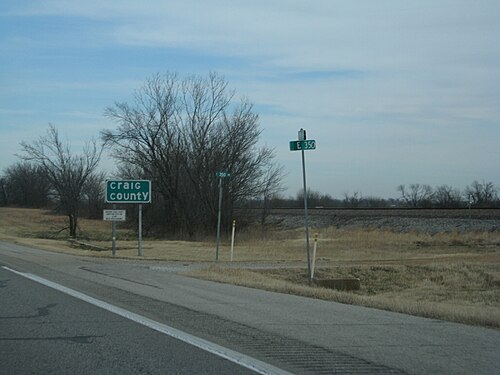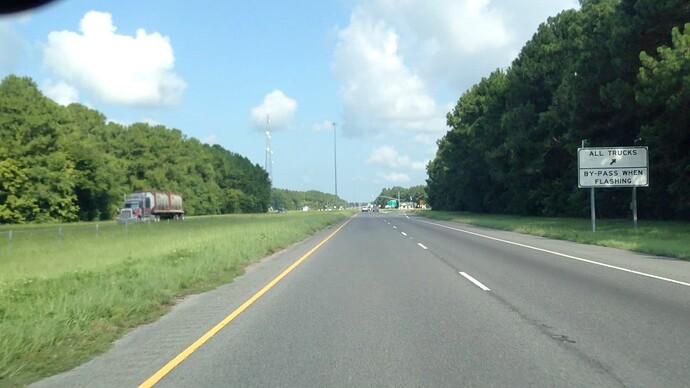With +1 million and one of the traffic sign most mapped would you change for now something about that rather than add national id, position, direction and side?
Ok, except MUTCD you can find some kind of information, regulatory, complementary and warning (hazard in OSM, to use the proposal accepted) .It is true that there are some more specific categories than others but this is to avoid the major three step classification.
I think it’s better:
traffic_sign=maxspeed (exist)
maxspeed=x (exist)
Than
traffic_sign=regulatory (new)
regulatory=maxspeed (new)
maxspeed=x (exists)
but this is one thing we can talk about, only three big categories with three steps of twenty one categories with two steps?
Yes…but at first there are the top values of traffic signs. At first I cannot ignore them.
Well, let’s start to build the path to do this. It is difficult to get an approbation of near 250 new key/values (probably only 100 exists now). First approve what exists now and then we can add new content.
If you give both possibilities then you will have double possibilities of success in mapping these traffic signs. Trees accept species and species in languages, why can’t do some similar? (possibility,not obligation, of be more technic or more “street level”.)
The idea, mid-term is to have a complete system for mapping traffic signs, with all the software adapted to that, with proposals to center all the traffic signs in traffic sign tag and to have a complete list/system/picture table of traffic_sign:id. But step by step. I hope more people would be attracted to this “roadtrip”.
Sorry for my bad English
No, your opinion and your suggestions are so valuable, and I respect that instead I could not be agree in all. I think both we’re interested in a way to map traffic signs, and to do the easiest way with the most consistency possible.
Well , it is the opportunity to use a third level of concretion. One more value-to-key. animal_crossing | Keys | OpenStreetMap Taginfo
Yes, for this reason we need second position. In Europe these plaques are complementary traffic signs, so this would map the second traffic sign with the position system using national id and the human_readable value when decide this.
No, it makes easier to see why we need these second or third position. I have identified more than 200 in Deutschland’s traffic law. Probably would not be 200 human readable values but then you have 200 national id’s without problem.
Well. That now exists, some countries prefer prohibitory traffic signs to avoid turn left and some others prefer mandatory to turn right or go through. Different national codes, different human readable values…but same action.
It is clear destination probably will be another proposal in the future. There are a big variety of colors,positions of the text, orders, functions…It is a complex item. Let’s start by the easier and existing if possible.
In some countries there will be combinations, in some countries there are two traffic signs, why can’t exists a descriptive way of mapping to make available these two different?
My concern is arrived to a point some mappers would decide which kind of mapping is superfluous and delete my work for example, translating all the national codes (40 different pics) of 40 countries to one readable and unique human readable value. Let’s coexist together. There is no obligation to map whatever you don’t know or you don’t want to, but let the others do.
It is not a requirement, it is an option. All of these started because I want to maintain both tagging and I have used widely a few used tag, found in taginfo. These will occur more times in the future when people maps traffic sign as a real item with its importance. There will be tendencies so it is important to establish a way of do it.
